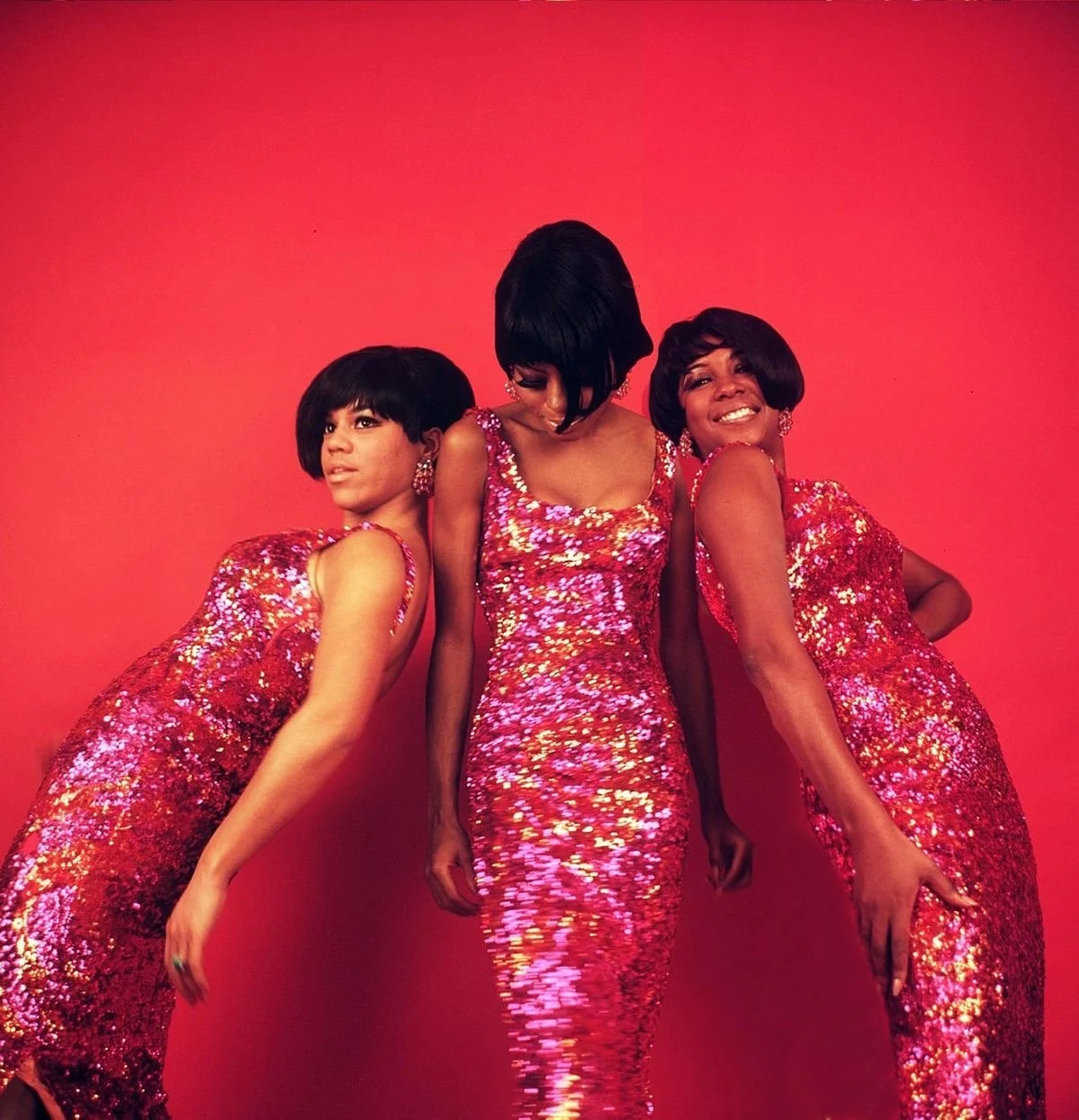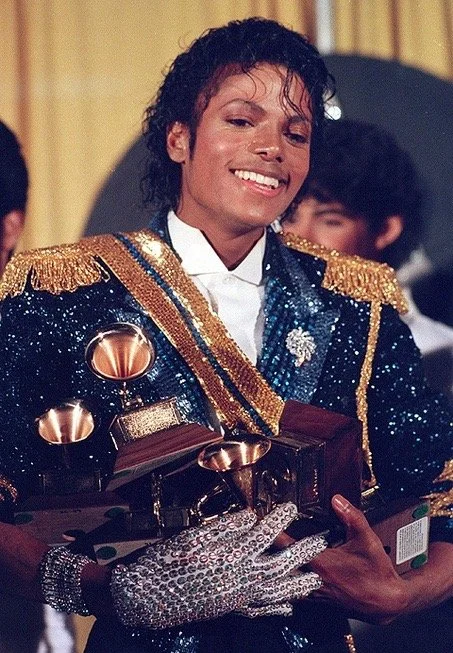2025 fashion trends unpacked: the history of sequins
Image Credit: The Style Historian.
With the new year upon us, many fashion lovers like myself take to the trend predictors, the fashion writers, the who’s-who, to tell us what to expect in our clothing for 2025.
And unsurprisingly, we’ve been hearing a lot about sequins for 2025 - they were everywhere on the runway last year, affirmed by fashion columns telling us to get ready for 2025 to be the year of the glam embellishment.
Gone away are the notions of tacky sequin as costume, the cheap dance-recital bow headbands, the infamous MJ glove.
Sequins are a vibe we’re no longer embarrassed about.
But where did sequins come from and why are we so into them?
The origins of sequins
The word sequin comes from the Arabic word ‘sikka’, meaning coin – stemmed from the practice of sewing coins onto your clothing, which many believe occurred for centuries across the Middle East and Europe.
The reason? Coins were a class distinction, symbolizing status and wealth, offered a safeguard from theft, and also in some cultures (Egyptian, Indian, Peruvian) were believed to ward off evil spirits.
But it wasn’t until the 1920s that sequins started to take flight into how we’d eventually see them today, when the tomb of King Tut was opened, revealing robes and garments embellished with small discs made of pure gold and embroidered in the shapes of flowers.
As news of King Tut’s tomb spread, Western designers became obsessed with the sparkle - beginning their ascent to the mainstream.
How did sequins become popular?
First used by ballet costume designers for sparkle onstage, it wasn’t long before 1920s flappers started wearing sequins on their dresses, reflecting the liberation white American women were experiencing during this time.
Women were now able to vote and wear rising hemlines, underscored by a cultural shift into valuing one’s individuality over service to others.
While women were starting to sparkle, this wasn’t without some wardrobe challenges.
For material, sequins were made of metal and were rather heavy. Designers struggled with creating a lightweight sequin out of gelatin that wouldn’t melt if you got hot from dancing or dissolved in the rain (our sequin Forever 21 dresses in university would never).
As scientific invention spurred during World War II, sequins became more durable for day-to-day wear, credited from our friends at DuPont – the same who created nylons (you can read our previous deep dive on sheer nylons here), eventually becoming the plastic, mass-producible sequins we know today.
But this is when things get interesting.
Sequins in the mainstream
As with most trends, the rise of celebrity influences what’s cool and what’s not, and we can’t talk about sequins without mentioning The Supremes.
The Supremes (or Diana Ross and the Supremes) are known for bringing sequins back to the mainstream, donning matching glamourous fits, a look synonymous with Motown.
But as founding member Mary Wilson recalls, their sequin dresses became a suit of armour – helping change racial perception during the boiling tension of the American civil rights movement.
On one hand, television required glitz so they could sparkle under the bright studio lights. On the other, the sparkling outfits gave deeper meaning – breaking stereotypes and influencing performers for years to come (like Destiny’s Child).
In a time of growing unrest, their glamorous look was intentional – across television screens were empowered, creative and glamorous black women – dressed as they’d never been before on national television.
For Mary Wilson, although they did not march – they were seen, becoming not only style icons, but role models to young black women and girls.
Image Credit: The Supremes via Pinterest
And as the ‘70s took over, the disco era moved in – bringing sequin jumpsuits, glam rock, and a little club called Studio 54.
A vehicle for gender expression
One of the most famous clubs of all time, Studio 54 was home to some of the most iconic fashion looks of the 1970s. The disco era brought an introduction of self-expression, glamour – fashion meets fun.
And of course, sequins were worn to reflect the disco ball’s light on the dance floor.
An icon who encapsulated this era of glam rock was none other than superstar David Bowie, challenging social conventions and changing fashion with his experimentation of appearance, sequined jumpsuits and gender-defying style, reinventing himself at every opportunity and pushing the boundaries of sexuality.
As Lady Gaga aptly put it to Rolling Stone, “my whole career is a tribute to David Bowie.”
Image Credit: David Bowie via FadedSpring.co.uk
But it was the premiere of Billie Jean in 1983 by Michael Jackson that catapulted sequins into its next level. It was the first time the world would see the moonwalk, and also the first time MJ donned his infamous white sequin glove (with a sequined black jacket).
It’s no surprise that MJ would wear sequins – he was a dancer, and was meticulous about his costumes and presentation.
That said, he wasn’t wearing the sequin glove for style – he first started wearing the glove to cover up his newly growing skin condition, vitiligo.
Maybe, one could say, another suit of armour.
Image Credit: MJ at the 1984 Grammy’s via Pinterest
Sequins are the new black
In the words of designer Ashish Gupta, sequins are “a protest against gloom” – you can’t feel sad if you’re in sequins.
For us today, sequins provide glitz and glam for a special occasion like the holidays. Where we gather with family, survive the chaotic social overload and get all dressed up until we do it all again next year.
Though over the years, we can see this protest in the iterations of sequins – from flappers finding liberation, The Supremes’ influence amid deep racial segregation, the boundary pushing of David Bowie, to the hidden shame of the King of Pop.
With sequins, maybe these performers didn’t feel so alone or so ordinary. On the stage, they could transform and transcend the struggles of their eras, and their private lives.
Sequins speak to the power of our clothing - as a mood alchemizer, elevating our confidence to help us seize any challenge.
While Glamour Magazine is calling the 2025 embellishment, ‘unexpected sequins’, designers are already using them everywhere.
We’re seeing sequins on everything from bags, skirts, jeans, to tops, heralded as a way to add a bit of glam to an otherwise basic outfit.
One designer credited for showing off sequins throughout 2024 is Jonathan Anderson of Loewe.
Image Credit: Loewe
And I absolutely loved Georges Hobeika’s use of sequins (and the entire collection in general) for 2024 Fall/Winter Haute Couture Week.
Image Credit: Georges Hobeika.
As one of my favourite style icons (and Real Housewife of New York) Jenna Lyons said while creative director at J Crew, “sequins are the new black.”
Do you think sequins will be a major style trend for 2025? Let me know below! I so appreciate you being here with me.
Until next time,
- TSH xx
—
The Style Historian is a lifelong thrifter and style enthusiast passionate about the stories behind the fashion, trends and styles we see today. She covers these histories on her weekly blog, The Style Historian, and on her Instagram @thestylehistorian_. In 2022, she founded her online vintage shop, Good Find Studio, in an effort to minimize her closet and live more sustainably. When not researching, she can be found watching a good doc or anything on Bravo, thrifting and spending time outdoors.





